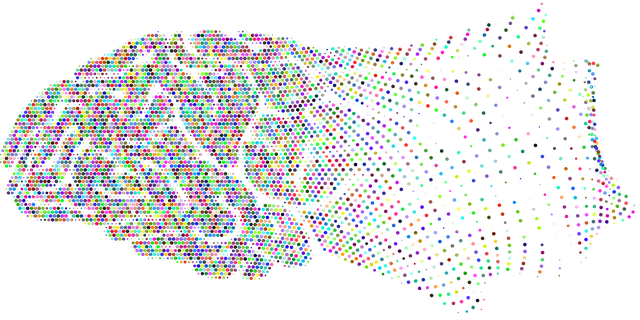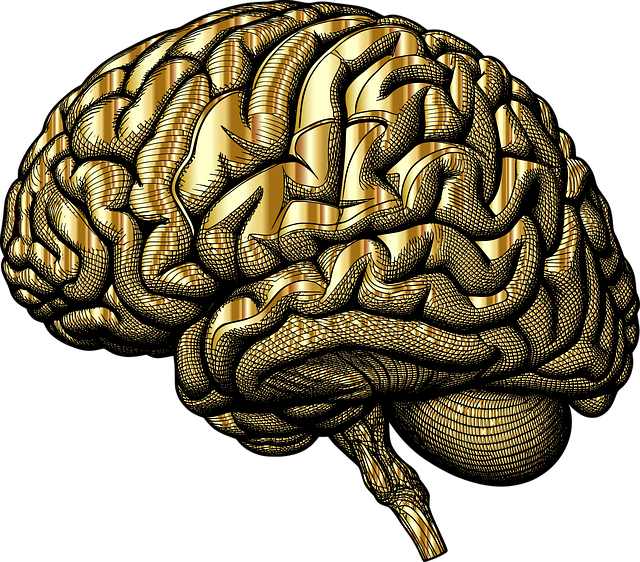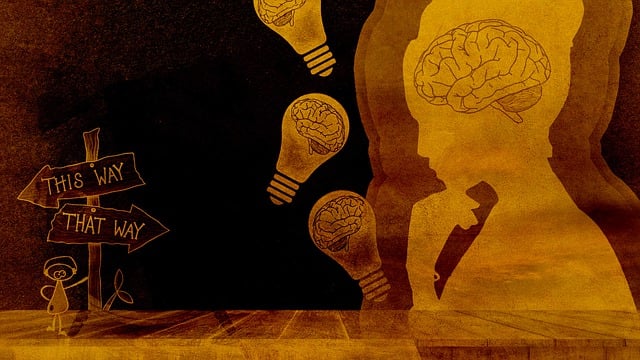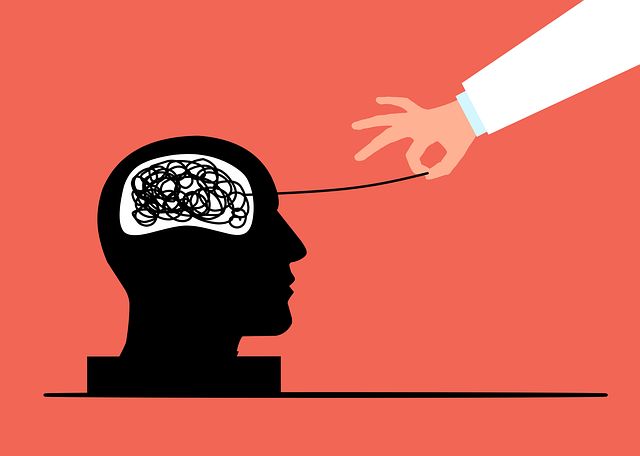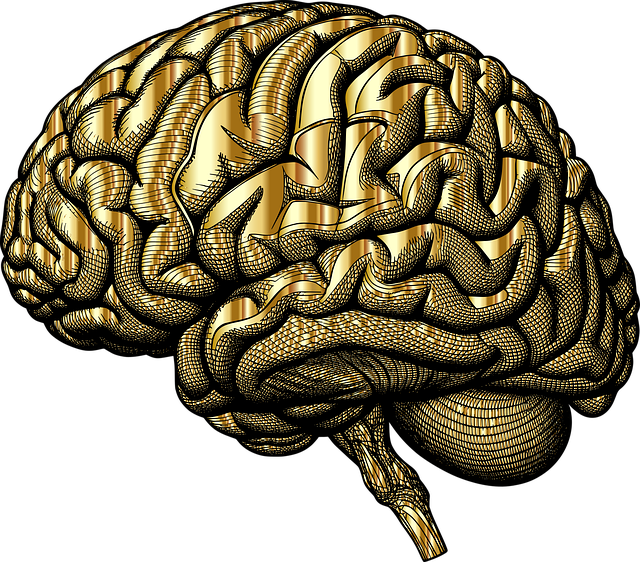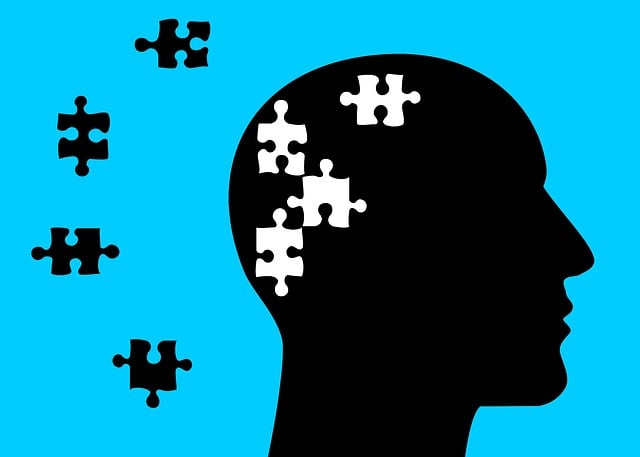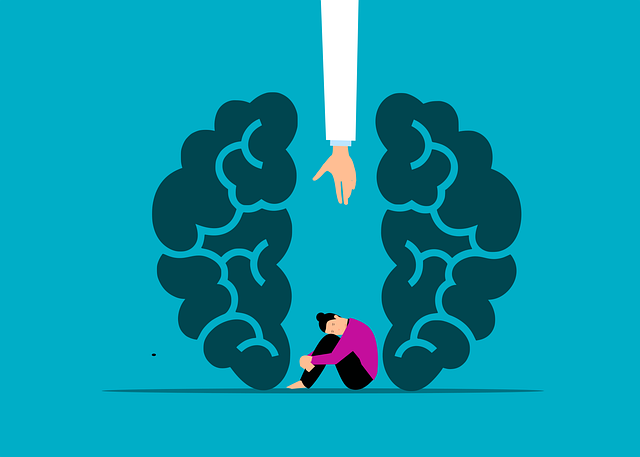Public awareness campaigns utilizing American Sign Language (ASL) as therapy effectively educate young children with developmental delays or hearing impairments, enhancing emotional intelligence and communication skills. By promoting cultural diversity and challenging stereotypes, these campaigns create inclusive environments that empower children and their caregivers. Play-based therapies, focused on coping skills development, boost self-esteem and foster understanding, while rigorous mental health assessments ensure ethical practices for maximum impact.
Public awareness campaigns play a pivotal role in educating and fostering empathy within communities. This article explores their significance, focusing on the unique benefits of therapy for young children through American Sign Language (ASL). We delve into how ASL-focused campaigns can bridge communication gaps, enhancing understanding and creating impactful connections. By examining effective strategies, we aim to empower organizations to develop engaging initiatives that promote inclusivity and leave a lasting impact.
- Understanding Public Awareness Campaigns: Their Role in Education and Empathy
- Therapy for Young Children: Leveraging American Sign Language (ASL) to Bridge Communication Gaps
- Effective Strategies for Developing Engaging and Impactful ASL-Focused Awareness Campaigns
Understanding Public Awareness Campaigns: Their Role in Education and Empathy

Public awareness campaigns play a pivotal role in educating and fostering empathy within communities, especially when targeting young children. These initiatives are designed to address various social issues by spreading knowledge and promoting understanding. One such impactful campaign could focus on teaching American Sign Language (ASL) as a therapy for young children with developmental delays or hearing impairments. By integrating ASL into educational programs, these campaigns enhance emotional intelligence and self-awareness exercises, laying the foundation for improved communication and mental health education among children.
Incorporating ASL not only benefits the immediate learners but also contributes to a broader cultural shift. It encourages communities to embrace diversity and challenges stereotypes associated with disability. Through creative storytelling, interactive workshops, and engaging media, public awareness campaigns can make complex topics like mental health accessible and relatable for young minds. This, in turn, fosters a sense of belonging and empowers children to express themselves, ultimately leading to healthier emotional development.
Therapy for Young Children: Leveraging American Sign Language (ASL) to Bridge Communication Gaps

Leveraging American Sign Language (ASL) as a therapy for young children offers a powerful tool to bridge communication gaps and foster empathy building strategies. ASL is not just a language; it’s a cultural framework that promotes unique ways of understanding and interacting with the world. By incorporating ASL into therapeutic practices, professionals can significantly enhance their ability to connect with deaf or hard-of-hearing children, thereby boosting their confidence in social interactions.
Community outreach program implementation centered around ASL education empowers parents and caregivers to become active participants in their child’s development journey. This not only strengthens the bond between caregiver and child but also creates an inclusive environment where every interaction becomes a chance to build and strengthen communication skills. By integrating ASL into daily routines, communities can ensure that young children develop essential social-emotional skills, fostering a sense of belonging and confidence.
Effective Strategies for Developing Engaging and Impactful ASL-Focused Awareness Campaigns

Developing engaging and impactful awareness campaigns focused on American Sign Language (ASL) requires a strategic approach to capture and retain audiences’ attention. One effective strategy is integrating therapy techniques for young children who are deaf or hard of hearing, such as incorporating ASL into play-based therapies. This not only enhances their communication skills but also fosters social interaction and self-esteem improvement, making them key components of any successful campaign.
Additionally, these campaigns should emphasize the importance of coping skills development in both children and the adults who support them. By addressing the emotional aspects associated with hearing loss or being a part of the deaf community, these initiatives can create a more comprehensive understanding and reduce potential stigma. A thorough risk assessment for mental health professionals is also crucial to ensure ethical practices and cultural sensitivity, further enriching the campaign’s impact.
Public awareness campaigns, particularly those focused on education and communication, like therapy for young children using American Sign Language (ASL), play a pivotal role in fostering empathy and bridging gaps. By leveraging engaging strategies outlined in this article, we can create impactful ASL-focused campaigns that enrich understanding and promote meaningful connections. These efforts not only enhance public awareness but also contribute to inclusive communities where every voice is heard, including those of young children who rely on non-verbal communication.
